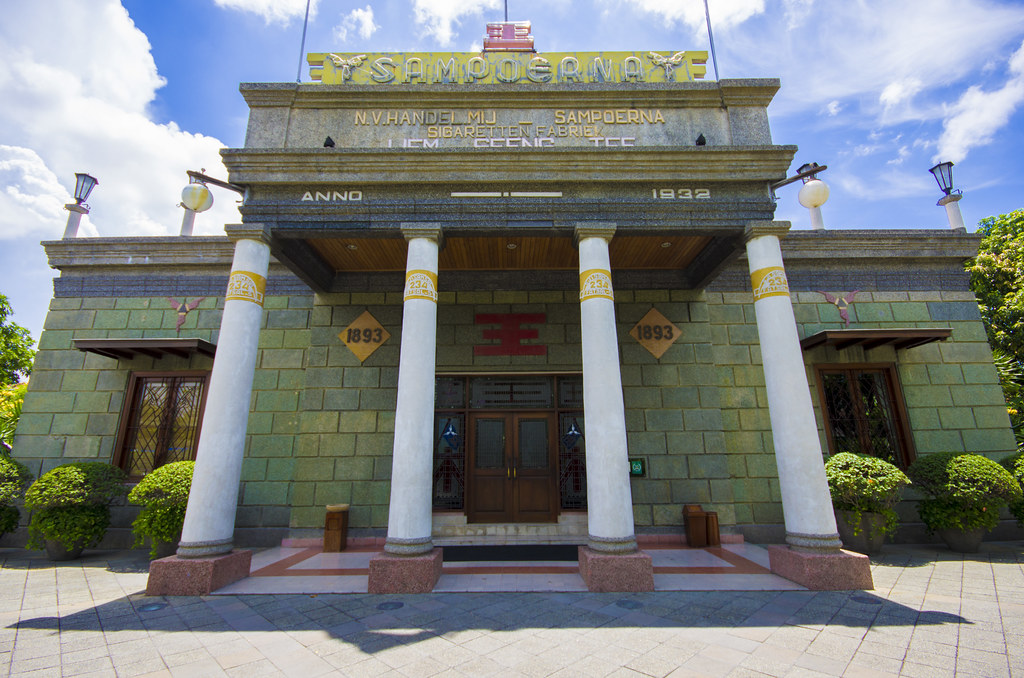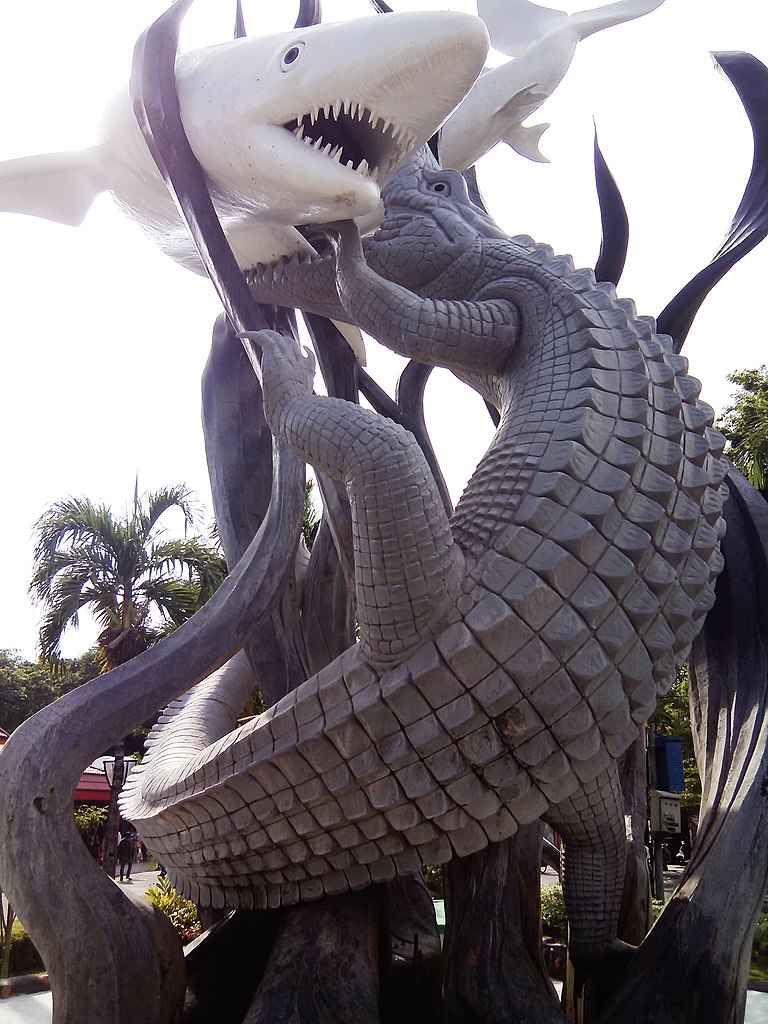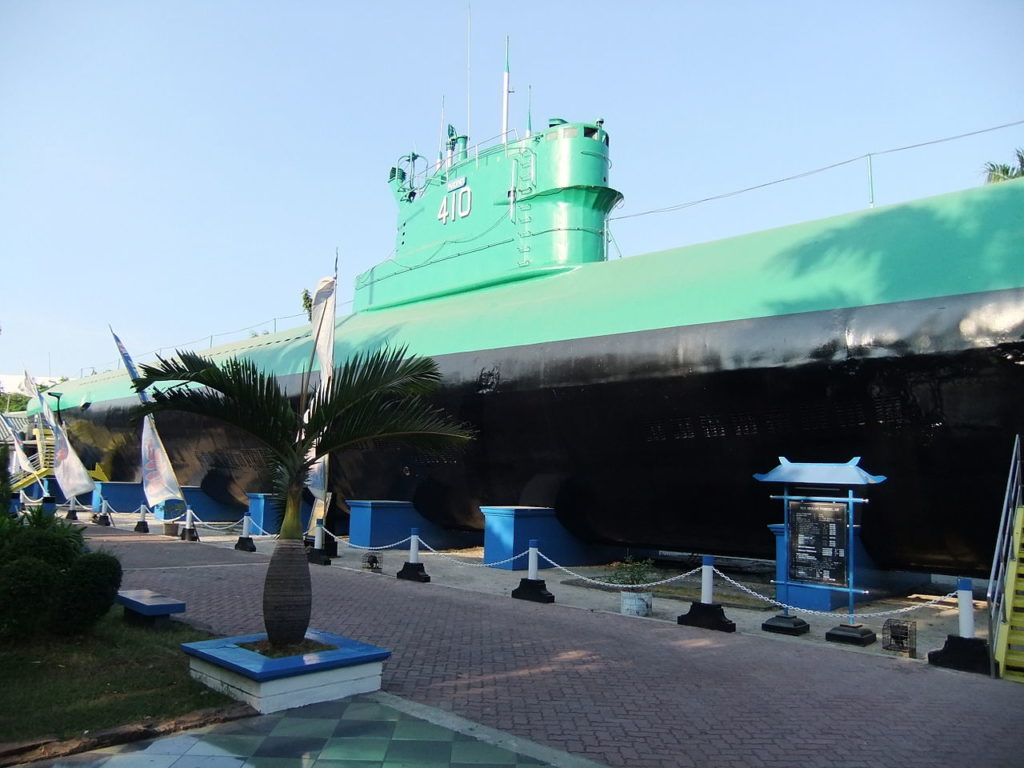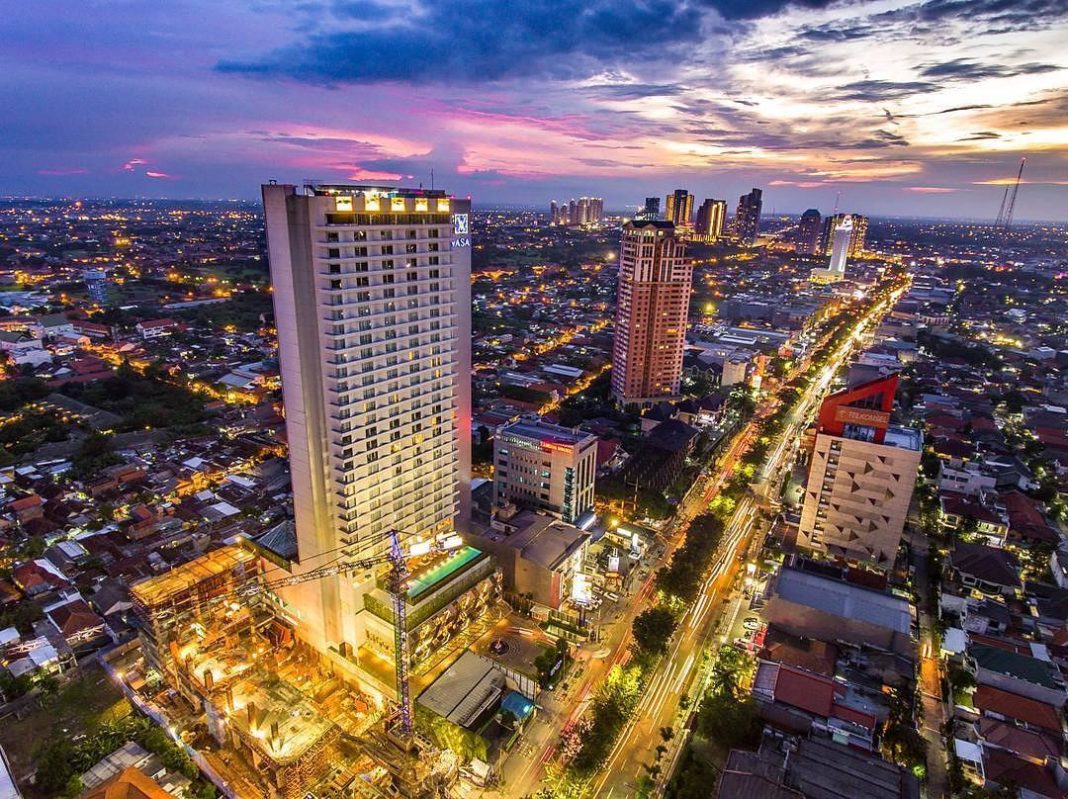The country’s second-largest urban settlement, Surabaya today reflects the influences of its many occupants. Arab Quarter, with its mazy grids of lanes, one of Indonesia’s largest Chinatowns, and the remaining vestiges of classically beautiful Dutch colonial-era buildings all make up Surabaya’s heritage.
Undeservedly left off of most tourists’ itinerary of Indonesia, Surabaya has much to offer any visitor that chooses to walk through its historic streets. 21st-century developmental projects aimed at alleviating the city’s traffic and pollution troubles aim to elevate Surabaya to a major tourist destination.
Surabaya’s pockets of rich heritage, sprawling botanic gardens, the immaculately maintained Sampoerna Museum, beautiful churches, mosques, and markets make Surabaya a hidden-gem amongst Indonesia’s more illustrious tourist destinations.
House of Sampoerna
A symbol of early 20th century Surabaya, the House of Sampoerna currently houses a fascinating museum about tobacco and a cigarette factory. Initially used as an orphanage by the Dutch, it was refurbished into a factory by Sampoerna to make its ubiquitous kretek, or clove, cigarettes. Now a museum, the Dutch colonial-style building is now also a preserved heritage site and the main complex is open to the public.
 A beautiful 19th-century building with Dutch influence, the House of Sampoerna is a museum which will make you go back in time and experience the rich history and culture of Surabaya. You can also witness Indonesia’s world-famous handmade clove cigarette manufacturing process while the retro music of the 40’s and essence of clove and tobacco in the surrounding keeps you captivated and provides a sense of authenticity.
A beautiful 19th-century building with Dutch influence, the House of Sampoerna is a museum which will make you go back in time and experience the rich history and culture of Surabaya. You can also witness Indonesia’s world-famous handmade clove cigarette manufacturing process while the retro music of the 40’s and essence of clove and tobacco in the surrounding keeps you captivated and provides a sense of authenticity.
Suroboyo Monument
This landmark sculpture in Surabaya depicts a tussle for supremacy between a shark and a crocodile and is a symbol of Surabaya’s strength. The statue holds special significance for the city of Surabaya, especially in light of the fact that the city got its name from the Javanese words for shark and crocodile, ‘suro’ and ‘boyo’ respectively. The two beasts are symbolic of the warring armies of Raden Widjaja and Tar Tar during 1293, after which Surabaya as a city was established.
 A skate park can be found just beside the monument and is a big attraction for teenage skateboarders in the city. The monument is the place for visitors to go to gain an understanding of the origins of the city of Surabaya. Food stalls and street food can be found in and around the monument as well.
A skate park can be found just beside the monument and is a big attraction for teenage skateboarders in the city. The monument is the place for visitors to go to gain an understanding of the origins of the city of Surabaya. Food stalls and street food can be found in and around the monument as well.
Monumen Kapal Selam
The Pasopati, a Russian submarine was commissioned into the Indonesian naval in 1962 for the Aru sea battle, to liberate the locals from the Dutch occupation. Now, known as Monumen Kapal Selam, it houses a museum which takes you deeper into the history of the Dutch rule in Indonesia and the struggles of locals through movie screenings & the striking interiors.
 Bungkul Park
Bungkul Park
After a tiring day of travel, if you want to just relax and unwind, then the Bungkul Park in Surabaya is the destination. From food stalls, beautiful fountains, skateboarding ramps to kids playground, this park provides an opportunity to relax and cool down from the city heat, crowded streets, and traffic.
 A green space set in the heart of Surabaya since the Dutch colonial-era, Bungkul Park has always served as a relief from the pollution of the city. Located on Darmo Street, the park is famous for the numerous food stalls that serve up classic Surabayan food. Bungkul Park was recognized as the best city park in Asia when the United Nations awarded the park the 2013 Townscape Award. Bungkul Park is a source of pride amongst Surabayans and is one of the city’s most popular attractions.
A green space set in the heart of Surabaya since the Dutch colonial-era, Bungkul Park has always served as a relief from the pollution of the city. Located on Darmo Street, the park is famous for the numerous food stalls that serve up classic Surabayan food. Bungkul Park was recognized as the best city park in Asia when the United Nations awarded the park the 2013 Townscape Award. Bungkul Park is a source of pride amongst Surabayans and is one of the city’s most popular attractions.
According to holidify.com














